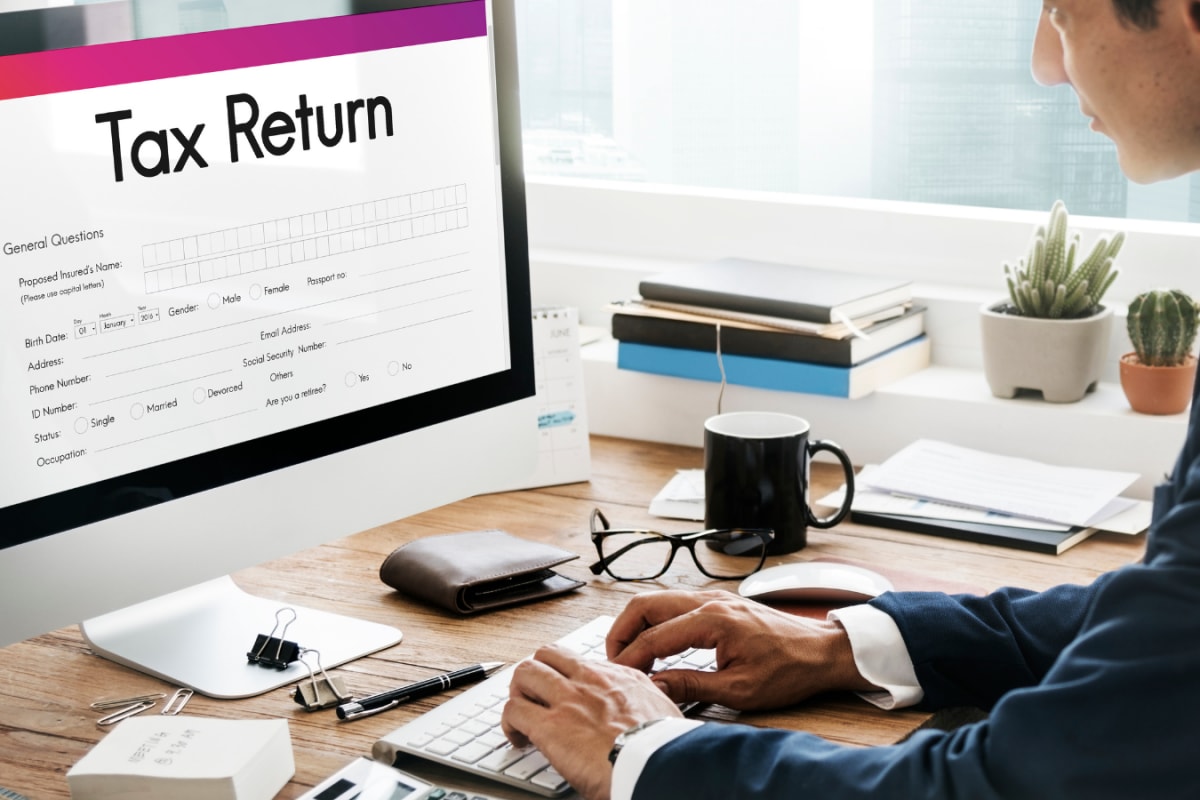

So, you've filed your Income Tax Return (ITR) for Assessment Year 2025-26. Congratulations! However, the process doesn't end with submission. Here are five crucial things every taxpayer must do after filing their ITR to ensure compliance and avoid potential issues.
1. E-Verify Your Return
Filing is only half the job. The most important thing to do immediately after e-filing is to verify your ITR. Verification is necessary to complete the filing process and for your tax return to be considered valid. If you fail to verify your ITR, it will be treated as though you never filed, and the Income Tax Department will not process it.
You can e-verify your return through various methods:
E-verification or sending the ITR-V must be done within 30 days of e-filing. Once your ITR is successfully e-verified, you will receive a confirmation through SMS and email. Retain this confirmation as proof of your compliance. After successful e-verification, the status of the ITR on the Income Tax portal changes to "E-verified successfully".
2. Check Form 26AS and AIS
Form 26AS is your annual tax statement. Before submitting your ITR, it's important to reconcile your tax payments using Form 26AS and the Annual Information Statement (AIS). These documents provide a comprehensive record of taxes deducted at source (TDS) by your employer or other entities, any advance tax or self-assessment tax you've paid, and details of high-value financial transactions. The AIS provides a detailed view of all financial transactions. Reconcile the TDS entries in Form 26AS and AIS with your records to avoid mismatches. If you find mismatches, reconcile them with your employer, bank, or tax deductor.
3. Keep Documents Safe
Safeguarding your income tax-related documents is essential for future reference and in case of any scrutiny from the Income Tax Department. Important documents to keep include:
4. Monitor for Intimations and Notices
After e-filing your income tax returns, it is crucial to regularly check for any intimation or notice issued by the Income Tax Department. These intimations may include information about tax refunds, discrepancies in your filed return, or any pending actions required from your end. Being proactive in addressing such intimations will help you resolve issues promptly and avoid potential penalties.
5. Track Refund Status
If you are eligible for a refund, monitor its status. To receive your refund, ensure your bank account is pre-validated and nominated for refunds on the income tax portal. Usually, if everything is in order, returns get processed in 7 to 10 days after your ITR is verified. However, delays can occur if you delay e-verifying your return, your refund bank account is not pre-validated or nominated, there's a mismatch in income or TDS reported, or if your return goes under detailed scrutiny.
By following these steps, you can ensure that your ITR filing process is complete and that you are well-prepared for any future communication from the Income Tax Department.